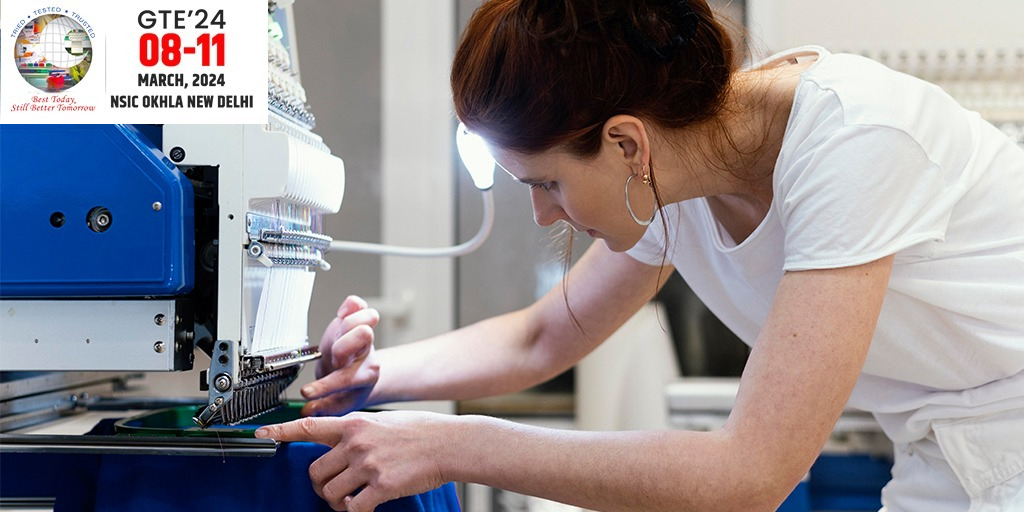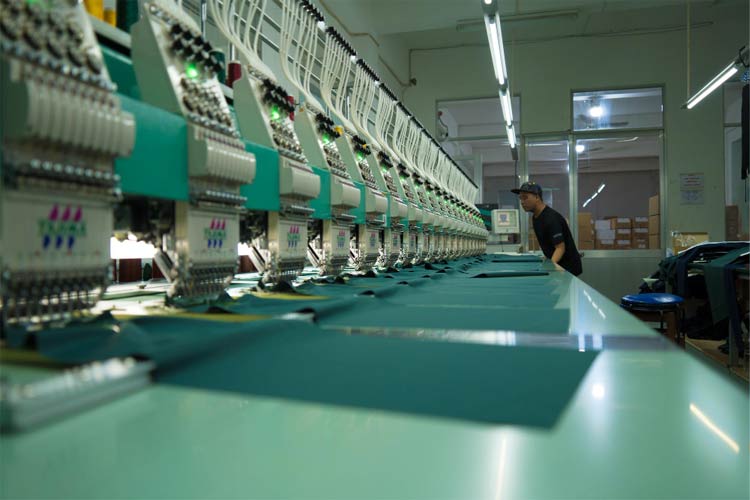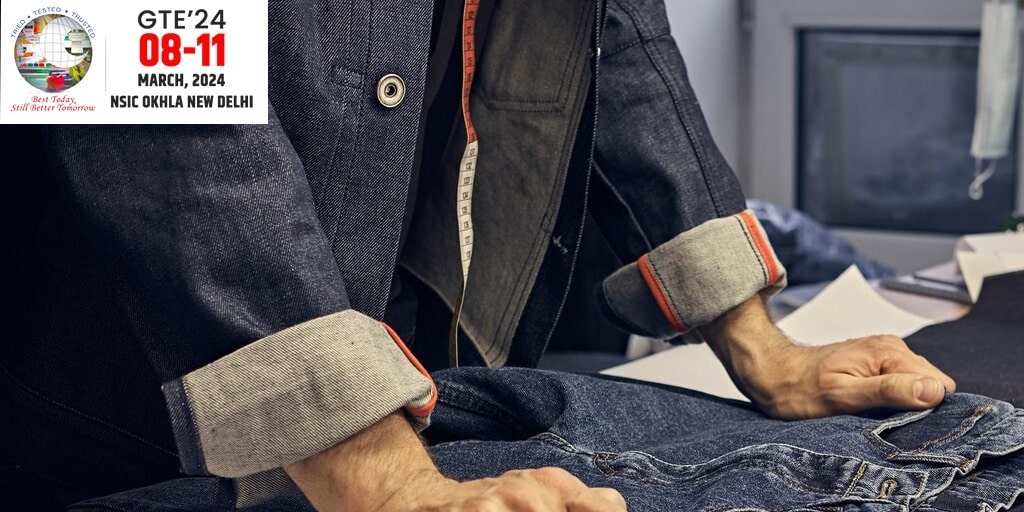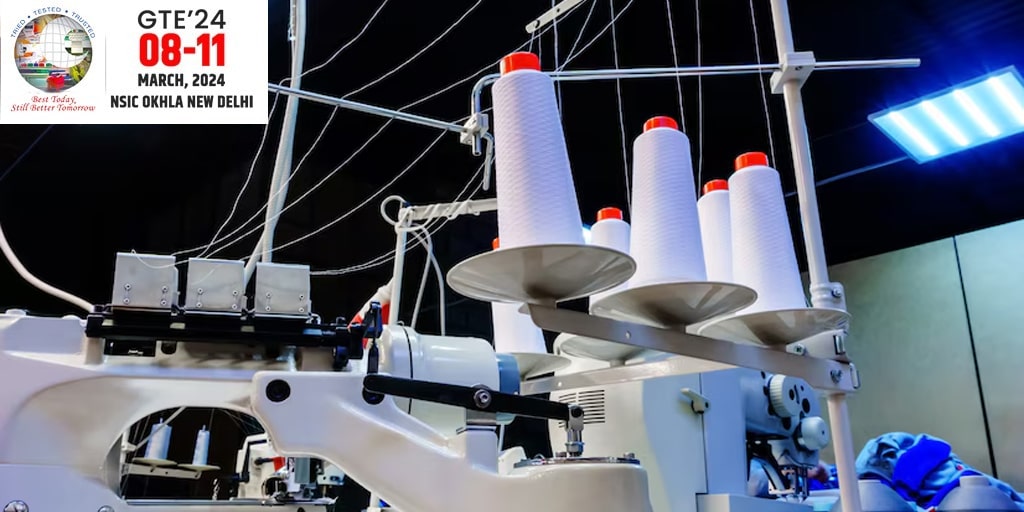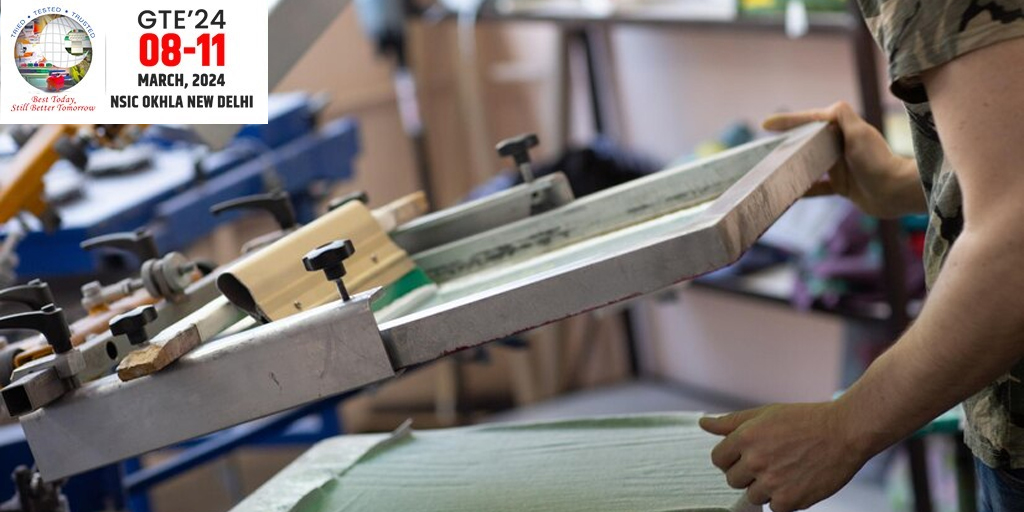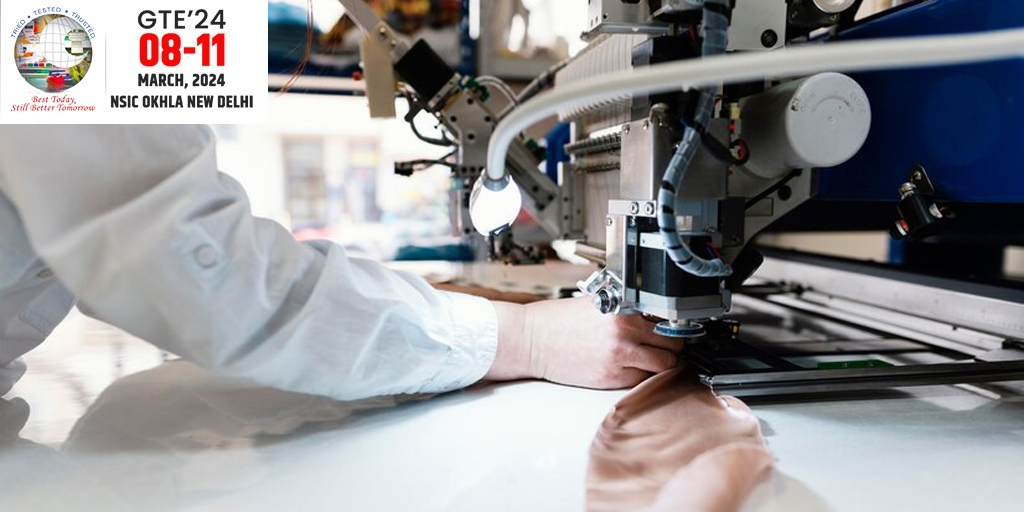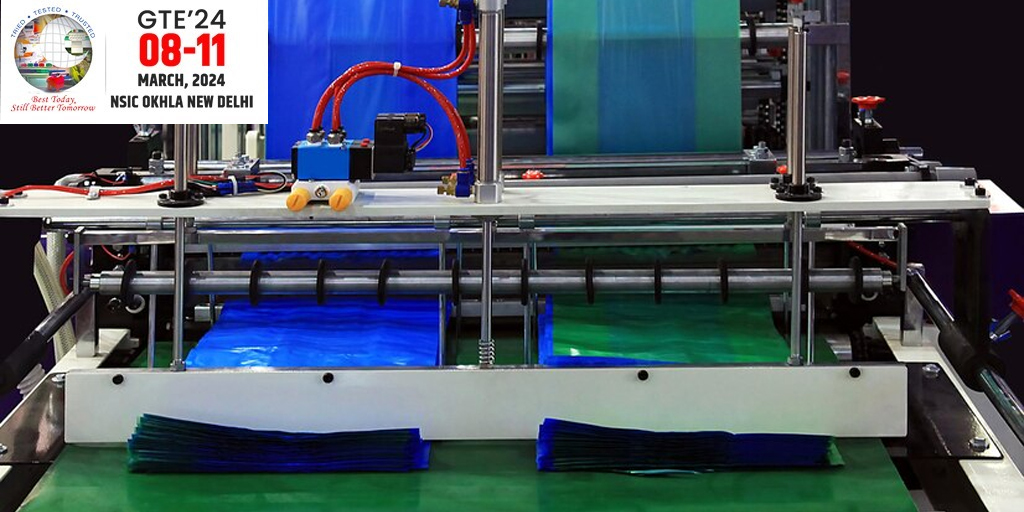Progress in the apparel industry is quick thanks to technology and what shoppers expect. The main factor driving this change is garment machinery which has completely changed the way clothing is made, produced and delivered. New tools and technologies such as automated cutters, quick machines for sewing and digital printers, make workflow smoother, speed up production and ensure uniform quality. Because of these changes, clothing manufacturers can now work faster and respond efficiently to any new trends. Using the latest machinery helps apparel businesses compete, operate more sustainably and stay flexible which leads to lasting growth and achievements. Now we will discuss how garment & apparel machinery promotes the growth of apparel units.
How is Garment & Apparel Machinery Enhancing the Growth of Apparel Units?
Boosting Production Efficiency
Because of new technologies of garment & apparel machinery, such as quick sewing, automated machines for straightening fabric and embroidery units, producing garments is much faster. They make it easier to handle tasks that need to be done many times, reduce the need for people to intervene and increase how fast work can be completed while preserving accuracy. Thus, companies in this sector can complete large orders and tight schedules with better outcomes. Manufacturers can boost their capacity, shorten the time for deliveries and maintain a good level of product consistency when they are more efficient. Staying both competitive and able to meet the market’s rising needs is only possible for industry leaders and smaller companies through this improvement in how smoothly their operations are run.
Enabling Mass Customization
Many are now looking for custom clothing which is why garment companies are relying on fast-customizing equipment. Because of digital textile printing, laser fabric cutting and programmable sewing machines, unique designs can be made in larger quantities without too much effort. Short production runs, quick design changes and very little waste are possible with these machines which is why they are perfect for making small batches or fashion that follows the latest trends. Apparel units can adjust quickly to customers’ needs, respond to new trends, improve customer relationships and keep expenses reasonable and quality strong. It allows the apparel business to be flexible and innovative in today’s world.
Reducing Operational Costs
One of the most important tools in minimizing operating costs in clothing units is garment machinery. Automation reduces the amount of heavy physical labor needed, reduces the likelihood of human error, and maximizes fabric usage, all of which decrease material waste. Further, by reducing the number of defective products, machines that have quality checks built in save on returns and rework. Energy-saving devices also mean reduced utility bills. The long-term savings and increased production make it a sound financial investment, even if the upfront cost is huge. Everything considered, having the right equipment boosts profitability and makes apparel businesses more economical and competitive.
Improving Product Quality and Consistency
In fashion, not just garments but the quality and consistency of those garments are very important and this is made possible by using the right machines. Among their benefits is perfected precision which makes sure the fabric is always taut, cut precisely and sewn evenly. Thanks to automated control systems, detecting defects in products early, the proportion of defective garments is kept at a minimum. It allows clothing companies to keep the same standards and a good reputation across the world. In any situation, whether making only hundreds or thousands of garments per month, companies can trust machines to supply products that are consistent with what customers want. Spending on superior equipment strengthens the buyer’s faith in the brand and leads to loyalty over the years.
Supporting Sustainability Goals
The construction of modern clothing machines takes sustainability into consideration. Water-saving dyeing techniques, eco-friendly digital printing options, and energy-efficient motors all reduce their negative effects on the environment. By optimizing material utilization with accurate design, garment & apparel machinery minimize fabric waste. These developments help companies integrate with green production standards and lessen their carbon footprint. Sustainability is becoming more and more of a consumer demand in addition to a duty. Eco-friendly equipment gives apparel companies a competitive advantage and helps create a cleaner industry. Using sustainable technologies guarantees adherence to international environmental regulations and satisfies the demands of today’s ethically conscious consumer.
Conclusion
Garment & apparel machinery is transforming the apparel industry by enhancing production efficiency, enabling customization, reducing costs, improving quality, and supporting sustainability. Garment Technology Expo is a leading event that highlights the newest advancements in garment machinery.


